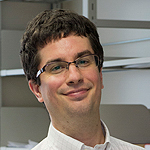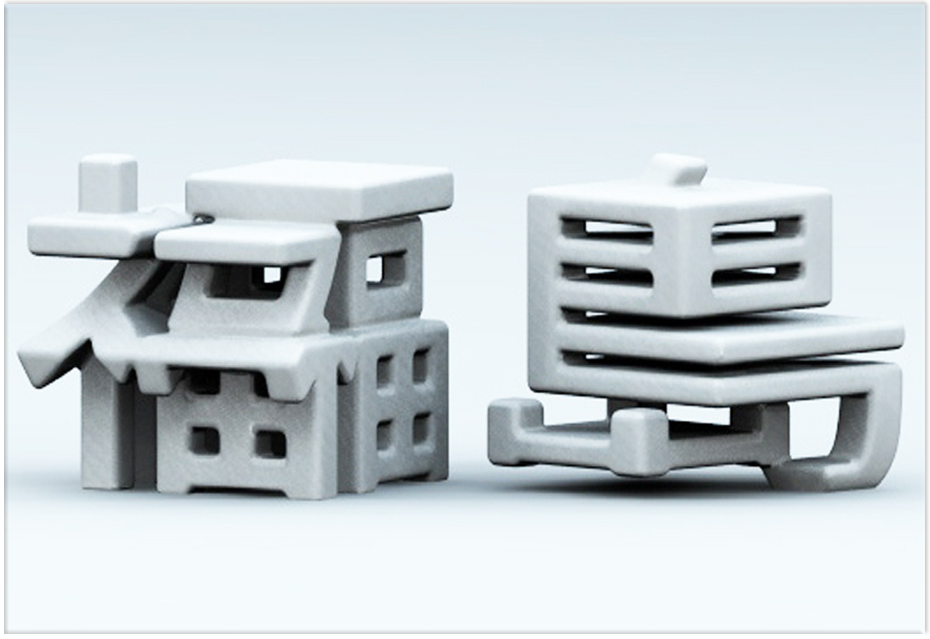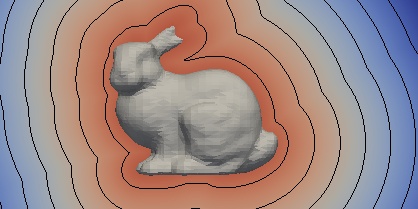
FAYOLLE Pierre-Alain
Associate Professor
- Affiliation
- Department of Computer Science and Engineering/Division of Information Systems
- Title
- Associate Professor
- fayolle@u-aizu.ac.jp
- Web site
- http://www.u-aizu.ac.jp/~fayolle
Education
- Courses - Undergraduate
- C++ programming, Java II programming, Computer Graphics
- Courses - Graduate
Research
- Specialization
-
Software
Shape modeling and applications; Computational finance; Software engineering
- Educational Background, Biography
- 2002: MSc in Computer Science, ENSEIRB, Bordeaux, France. 2006: PhD in Computer Science Engineering, University of Aizu, Aizu-Wakamatsu, Japan. 2006 - 2009: Associate, Morgan Stanley. 2009 - : Associate Professor, University of Aizu.
- Current Research Theme
- Shape modeling and applications
- Key Topic
- Shape modeling,Solid modeling,Volumetric modeling,Shape analysis
- Affiliated Academic Society
Others
- Publications other than one's areas of specialization
- A buffer overflow study, attacks & defenses, (with V. Glaume). 2001.
Main research
- Modelling and 3D Printing of Intelligent Shapes
-
3D Kanji is a 3D symbol for the future society that enhances current flat characters and symbols. Using unique techniques and algorithms, characters can be transformed into completely new sophisticated, intriguing 3D shapes that still resembles the original characters. We are exploring various applications of this family of new 3D symbols, especially new methods to embed more data/knowledge into the form, modelling technologies, 3D printing technologies and identification methods.
- Shape modeling
-
The typical domains of application of shape modeling include: computer-aided design, architecture, design and rapid prototyping, mechanical engineering or medical image processing.
The usual methods or operations that can be performed include: acquisition from scanned data, conversion between representation, creation and modeling, deformation, repairing, optimization, animation, etc
The shapes studied are in general two or three dimensional, though it is possible to consider additional dimensions corresponding, for example, to the time (for time-dependent shapes) or internal attributes of the objects.
Shape modeling is dealing with the study of mathematical tools, data-structures and algorithms for the description of the shape of objects and the operations to be applied to them.
Dissertation and Published Works
Some recent works:
- Signed Lp-distance fields, (with Alexander Belyaev and Alexander Pasko), Computer-Aided Design, 45(2), 523-528. 2013.
- Segmentation of discrete point clouds using an extensible set of templates, (with Alexander Pasko), The Visual Computer, 29(5), 449-465. 2013.
- Optimized surface discretization of functionally defined multi-material objects, (with Alexander Pasko), Advances in Engineering Software, 45(1), 301-312. 2012.
- Procedural Function-based Modeling of Volumetric Microstructures, (with Alexander Pasko, Oleg Fryazinov, Turlif Vilbrandt, and Valery Adzhiev), Graphical Models, 73(5), 165-181. 2011.




